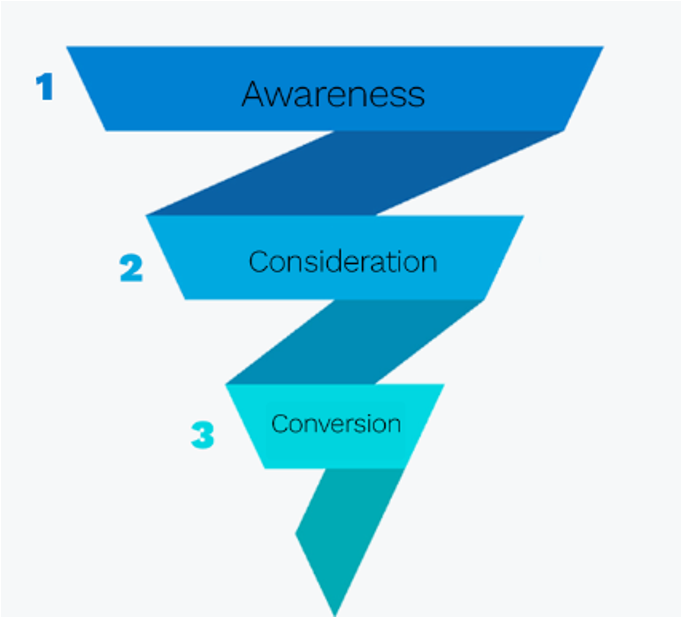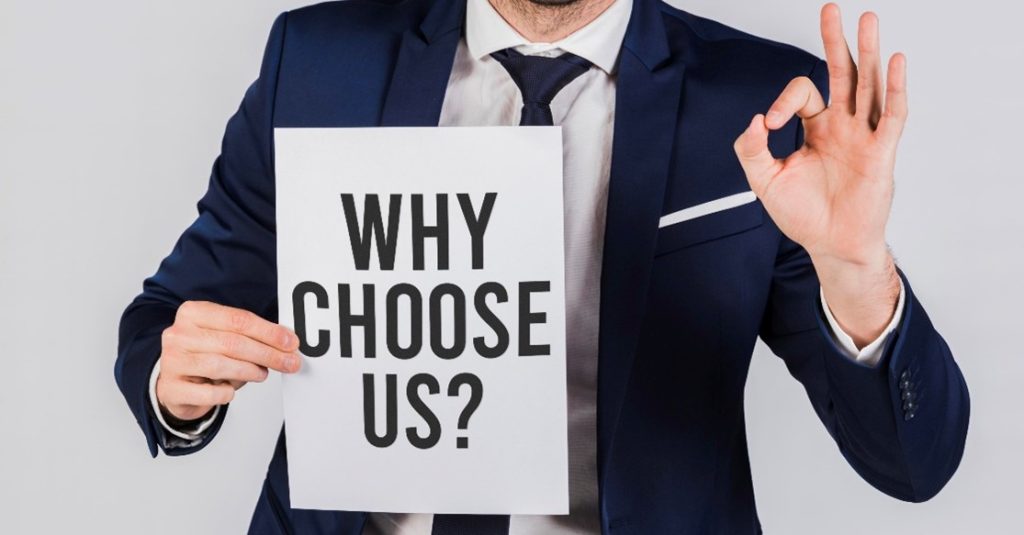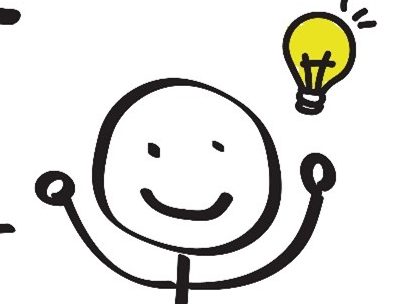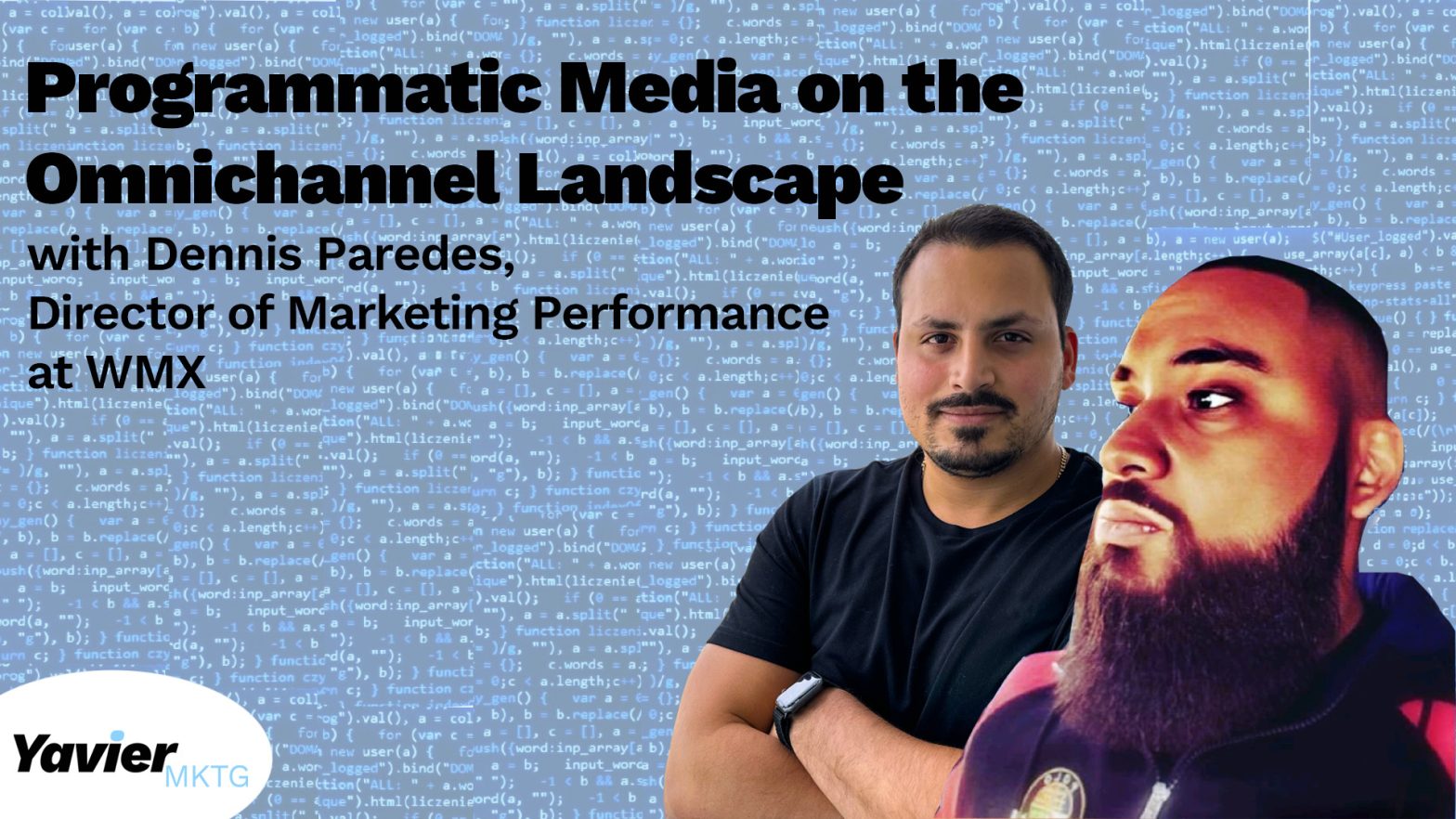The other day, I heard someone saying, “Marketers are like chefs; each marketer has his/her recipe to make his/her marketing approaches.” I couldn’t agree more, but there’s something that each marketer should tackle when developing their marketing strategies and tactics, and that is the marketing funnel. As business owners and marketers, we should understand that the marketing funnel consists of three main stages: awareness, consideration, conversion, purchase, and action.

To tackle the funnel, you must understand your customer’s buyer decision process, which will vary, but understand the steps common customers go through when purchasing from your business. Doing this will help identify the channels that are better for each stage of the funnel, optimizations you must do to the content, campaigns, website, etc., and will also provide insights on where are your future customers.
While looking for some information and understanding how I can start identifying the customer’s journey phase before he or she even starts going through the different stages, I found an article written by Yanyn San Luis on LinkedIn called Stages of Buying: A Guide for Corporationswhich explains the mental stages of customers in the purchasing decision. These stages will define if the purchase must be made immediately or at any other time. Some customers may be willing to make the purchase decision based on their necessities, the brand’s social responsibility, or even if it’s environmentally sustainable. In other words, it is based on environmental, social, and governance considerations. Others may delay it because they want a specific brand or feature. This depends on the individual.
The six stages are:
- Is this a problem to solve?
- What are the solutions to solve it?
- Who can help with the solution?
- How much do we want to spend?
- Where will this go wrong?
- Do we have to do this now?
As mentioned, the stages must consider environmental, social, and governance considerations. This is very similar to a blog post I published a couple of months ago, where I explained that each brand must have a purpose other than a monetary purpose. The purpose will define your priority and increase the brand or business productivity. Customers love understanding and being part of a purpose aligned with their values. I once watched a video that says that customers don’t buy products because of what brands do or how they do it but because of why they do what they do.
Before starting a well-developed marketing approach, tackle the marketing funnel with different channels, creatives, messages, and other elements, and make sure to have a reason for people to buy your products or products. Why should they buy it? (not because they needed or they wanted) Why should they buy from you and not from the competition? That question can be answered by asking why you make your products or products. Why does your business exist, and why does it provide services or sell products? There must be another reason than to make money.

Defining this will help you develop a purpose for your business and create the environmental, social, and governance considerations that the six stages of a buyer are being viewed. When customers go through each stage, they always consider the “responsibility” or “purpose” of a brand, whether conscious or unconscious. The moment a customer reaches the consideration phase of the marketing funnel, that responsibility or purpose must “shine” to give them a reason to make a purchase immediately. That’s why the marketing strategy for the consideration phase must deliver the message of “why you do what you do,” convincing them to purchase. This is when “persuasion” happens.







Leave a Reply